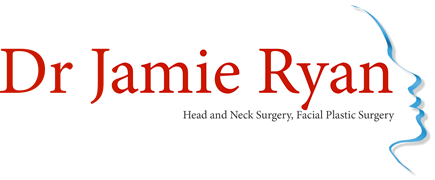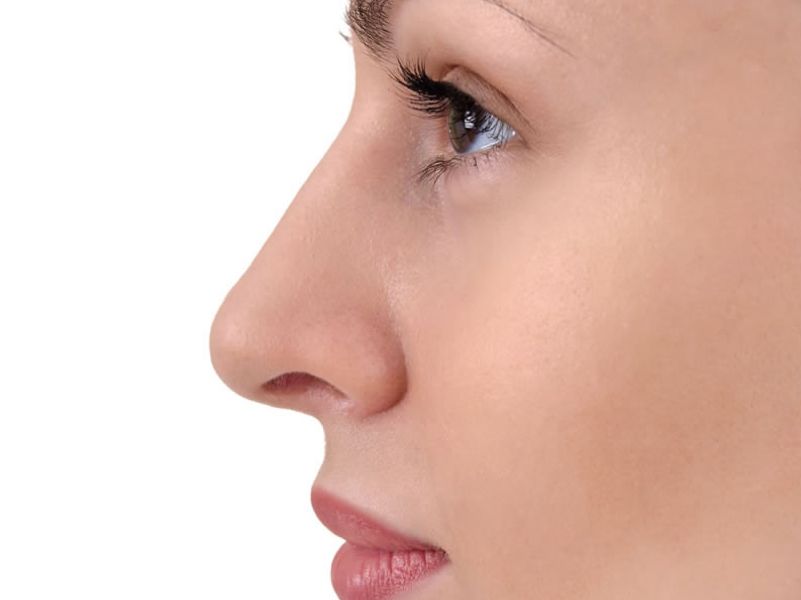
Rhinoplasty
 Rhinoplasty is an operation to improve the appearance and function of the nose (nasal airways).
Rhinoplasty is an operation to improve the appearance and function of the nose (nasal airways).
There are a number of cosmetic indications for surgery:
- a crooked nose
- a bump on the nose
- a broad nose
- a deformity of the tip of the nose
There are also functional reasons for surgery:
- blocked nose due to deviated septum (septoplasty)
- alar collapse (blocked nose due to a floppy side–wall or nostril)
Rhinoplasty is performed under general anaesthetic, normally requiring an overnight hospital stay.
Most incisions are done inside the nose, although a small incision is often made on the columellar skin between the nostrils. This heals very well and is not normally visible.
Small incisions may also be made on the side of the nose in order to mobilise the nasal bones: these incisions are almost completely healed by 1 week.
The extent of surgery depends on the individual and this would be discussed in some detail at consultation.
Following the surgery, paper tapes and a splint are placed on the outside of the nose, to help protect it and reduce swelling.
It is common to get a blocked nose after surgery, as well as bruising around the eyes. This can take 10–14 days to subside. There is not usually much pain or discomfort, and simple pain relief such as paracetamol is often all that is required.
As with any operation, there are some risks involved.
Bleeding or infection can occur with any surgery, and often antibiotics are given to help prevent this complication.
Occasionally unfavourable healing occurs and the final result is not as good as anticipated.
It is recognised that even in the best hands there is a 5% rate of revision surgery, ie a further operation is required to correct residual problems.

